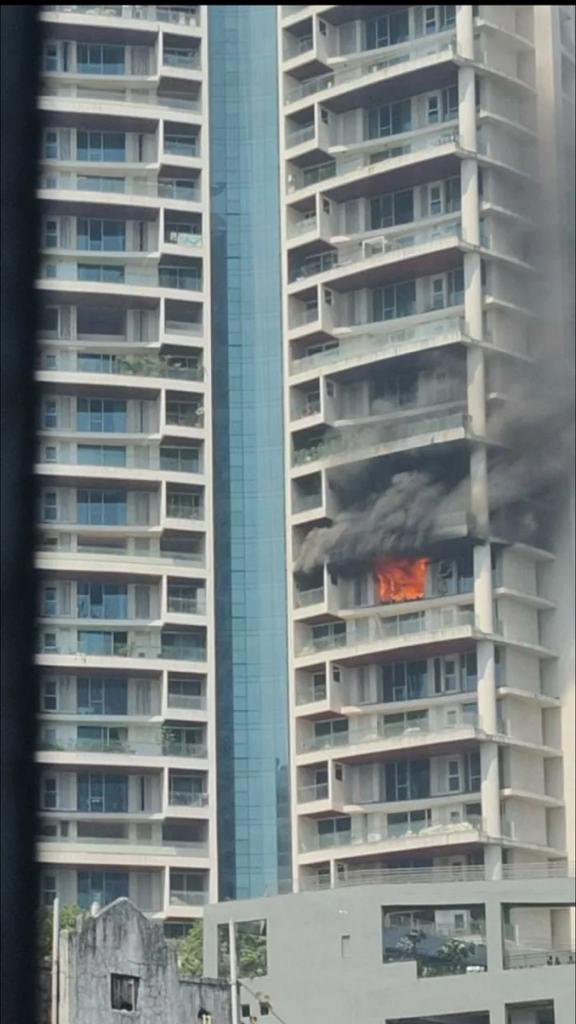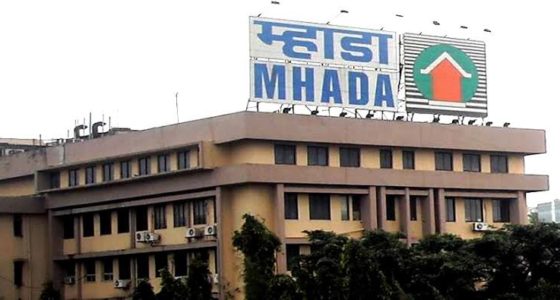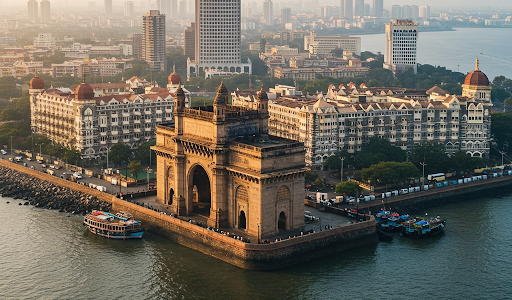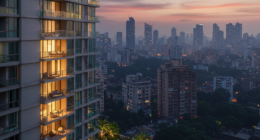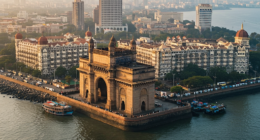By Dr Vikram Mehta
Across the country, incidences of fire break-outs are on a rise. Almost every big or small city, from Mumbai, New Delhi to towns like Surat or Chandigarh; the news of massive fire accidents are making big headlines.
As the Mumbai Fire Brigade recently stated, Mumbai alone has witnessed more than 48,434 small and major fire incidents since 2008 to 2018, of which 1,568 were reported in Mumbai’s high-rises since 2008 and sabotaging 8,737 residential buildings, about 3,833 commercial buildings.
No wonder then that the civic bodies like Brihanmumbai Municipal Corporation (BMC) or even Mumbai Fire Brigade, the city’s apex fire combating agency, have taken proactive, pre-emptive; yet stringent steps to curb any untoward fire incidents.
Even the judiciary systems are intervening and directing the States to effectively enforce fire safety rules; as the Gujarat High Court lately asked the State to put an adequate fire safety framework in place.
While these frequent fire accidents could be attributed to a variety of reasons such as laxity in enforcing fire safety rules by the residential buildings or commercial establishments, negligence towards fire safety audits or technical reasons like non-functional internal firefighting systems, limited number of staircases, inadequate sprinkler arrangements, disproportionate fire load compared to exit routes, so on and so forth, the major issue lies with the lack of awareness and attention in setting up a crucial fire pre-emption infrastructure and new-age, tech-driven fire combating tools.
More the skyscrapers mushrooming in the city like Mumbai, more the number of such high-rises falling prey to blazes. This makes the issue all the more complex. The presence and use of right fire safety equipment may empower this precarious problem of ‘fire – fighting’.
In case of fire accidents in high-rises, it has been observed that evacuation of people often becomes a major hazard. Many a times, the residents cannot be evacuated in time resulting into heavy causalities. Many such fire – borne deaths have happened due to suffocation or owing to usage of regular lifts by people in distress amid the fire.
Realizing the need to equip high-rises with the right kind of fire-fighting infrastructure, the BMC, for instance, has made it mandatory for all the buildings with a height above 70 meters (around 22 floors) to have a nine-meter open space along with a provision of a Fire Evacuation Lift.
From the fire safety perspective, people should understand and acknowledge that such compliances are not just mandatory, but are essential for preventing the loss of properties and precious human lives.
It certainly takes courage to suit up and wage war against fire. Under the fire safety requirements, a protective equipment like the Fire Evacuation Lift may make the dangerous job of fire – fighting safe for evacuation of people.
In Mumbai, the BMC has issued a clear order that a Lift with a capacity of carrying 8 to 15 personnel, should be installed other than the regular passenger lift and have fire-resistance cabins and glass, which will help firemen reach to affected floors and rescue victims. It is further recommended that the fire lift must come to a halt at the podium for safe evacuation of residents and should have a two-way communication. In cases where the fire brigade has snorkels that go up to a certain floor, these lifts will play a big role in fire emergencies.
Mumbai Fire Brigade, for instance, has a 90-meter snorkel that can reach up to 30 floors. Hence, it is obvious that installation of necessary fire-fighting systems in any tall building will avert major fire situations.
Hence, there is an utmost need to enhance the coverage of Firemen Evacuation Lift and thereby the safety net in tall buildings in the cities like Mumbai. A majority of citizens are not aware of such legal compliances and even the necessity, which further necessitates awareness generation.
More than the legal compliance, the developers and residents of taller buildings should acknowledge the importance of advanced emergency evacuation mechanisms like such lifts. These lifts made up of IoT-based technologies can be of timely help in saving invaluable properties and lives across age-groups.
Time is of the essence when fighting fires. A few minutes can be all that stands between controllable flames and an out-of-control blaze. Amid this, a right choice of Fire Evacuation Lift could be a savior.
Dr Vikram Mehta, is Managing Director of Spartan Engineering Industries Private Limited
PS: Views Expressed in this article solely belong to the author.
Also Read: Fire in Mumbai Highrise, Builder Says Fire Audit Conducted on Oct 1
